Disclosure: This article contains affiliate links. We may earn a commission from purchases at no extra cost to you, which helps our travel content.
As a medical researcher turned travel enthusiast, I've developed a particular fondness for regions where science, history, and culture converge in fascinating ways. Uruguay's northern corridor—connecting the thermal spring city of Salto to the historic riverside town of Paysandú—offers precisely this compelling intersection. Having spent a week navigating this route during Uruguay's vibrant spring season, I'm sharing my methodical observations on transport options that won't break a student's budget while maximizing your experience of this often-overlooked region.
Understanding Your Transport Options: A Comparative Analysis
The 120km journey between Salto and Paysandú presents several transportation modalities, each with distinct advantages depending on your priorities. The primary options include local buses (most economical at approximately 200-250 Uruguayan pesos), shared taxis called 'remises' (moderate cost but more convenient), and private car hire (highest cost but maximum flexibility).
The COTUSAL and COPAY bus companies operate regular services between these cities, with journey times averaging 2 hours. Buses depart from Salto's Terminal de Ómnibus on Avenida Uruguay and arrive at Paysandú's Terminal on Avenida Brasil. The frequency is approximately every 90 minutes during weekdays, with reduced service on weekends.
For those traveling with substantial luggage, I found the luggage scale invaluable, as some remise services have strict weight limitations that aren't always advertised. This pocket-sized device saved me from unexpected surcharges twice during my northern Uruguay explorations.
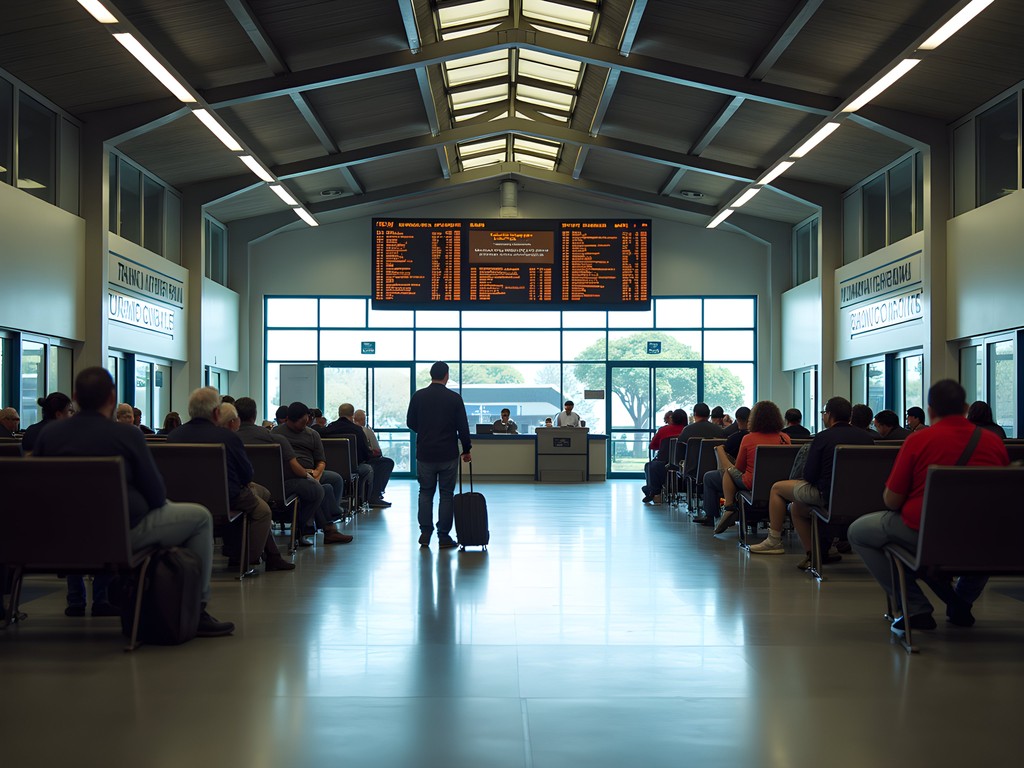
💡 Pro Tips
- Purchase bus tickets at least one day in advance during high season (October-December)
- Ask for the student discount ('descuento estudiantil') with valid international student ID
- Buses labeled 'Directo' make fewer stops and are worth the slight premium
The Budget-Friendly Bus Route: Timetables and Tactics
For students operating on limited funds, the bus system represents the optimal balance between cost and comfort. The COTUSAL buses that ply the Salto-Paysandú route are surprisingly well-maintained, with air conditioning that proved essential during my springtime journey when temperatures unexpectedly soared to 28°C.
The current timetable (as of my last visit) includes departures at 06:30, 08:00, 10:30, 13:00, 15:30, and 18:00 from Salto, with return journeys from Paysandú at similar intervals. Sunday services are reduced by approximately 40%, so plan accordingly.
I've found that downloading the offline map application before traveling is essential, as it allows you to navigate confidently between bus terminals and accommodations without relying on mobile data, which can be inconsistent in Uruguay's northern regions.
One particularly useful discovery was that buses often stop at Universidad de la República campuses in both cities—information not widely advertised but extremely convenient for student travelers. Simply ask the driver for 'la parada de la universidad' when boarding.

💡 Pro Tips
- Sit on the right side of the bus when traveling from Salto to Paysandú for the best river views
- Carry small denomination notes as drivers rarely have change for large bills
- Download the Cómo Ir app for real-time bus tracking (works in most Uruguayan cities)
The Remise System: Shared Taxis with Local Character
The 'remise' system represents a fascinating cultural adaptation between private taxis and public transport. These shared vehicles—typically 4-6 passenger cars—depart when full rather than on fixed schedules, creating a semi-flexible transport network that's particularly useful for reaching outlying attractions between the main cities.
Remise stations are located near the main bus terminals in both Salto and Paysandú, though they lack the formal infrastructure of their bus counterparts. Look for small offices with 'Remises' signs, often clustered on side streets adjacent to the terminals.
The cost averages 300-400 Uruguayan pesos per person—approximately 50% more than the bus—but the journey time is reduced to about 90 minutes with fewer stops. For groups of three or four travelers, negotiating a private remise becomes cost-competitive with bus travel.
During my journey, I struck up a conversation with a local remise driver who revealed that the thermal water region between the cities contains several unmarked hot springs accessible only by local transport. This serendipitous exchange led to one of the most memorable experiences of my trip—a reminder that sometimes the journey itself yields unexpected discoveries.
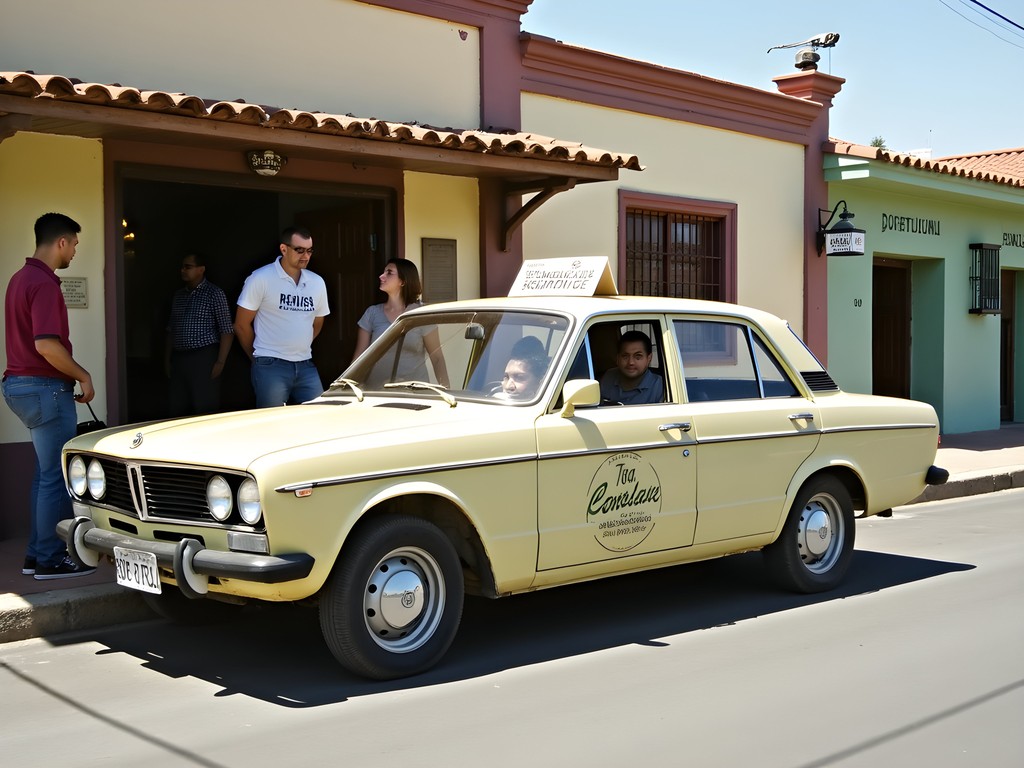
💡 Pro Tips
- Confirm the price before entering the remise as rates can fluctuate
- Combine with other travelers at the station to fill a car faster and depart sooner
- Ask remise drivers about lesser-known attractions—they're often repositories of local knowledge
Cycling the Northern Route: An Alternative Perspective
For the more adventurous traveler, cycling between Salto and Paysandú offers an intimate experience of the landscape that motorized transport simply cannot provide. The route primarily follows Ruta 3, which features a reasonable shoulder in most sections and moderate traffic density.
During my spring visit, I dedicated one day to cycling a portion of this route, renting a surprisingly well-maintained mountain bike from 'Bicicletas El Puente' near Salto's central plaza for 400 pesos daily. The proprietor provided valuable local knowledge about road conditions and potential stops.
The complete journey would require 6-8 hours of cycling for someone with moderate fitness, making it feasible as a day trip for experienced cyclists. However, I recommend breaking the journey at the small settlement of Constitución, approximately halfway between the cities.
For this cycling adventure, I relied heavily on my insulated water bottle to stay hydrated in the unexpectedly warm spring conditions. The double-wall vacuum insulation kept my water cool for hours despite exposure to direct sunlight in my bike's bottle cage.
Additionally, the quick-dry towel proved invaluable for impromptu dips in the safe sections of the Uruguay River that parallel much of the route. This compact microfiber towel takes up minimal space yet absorbs remarkable amounts of water—practical for the multi-modal traveler.
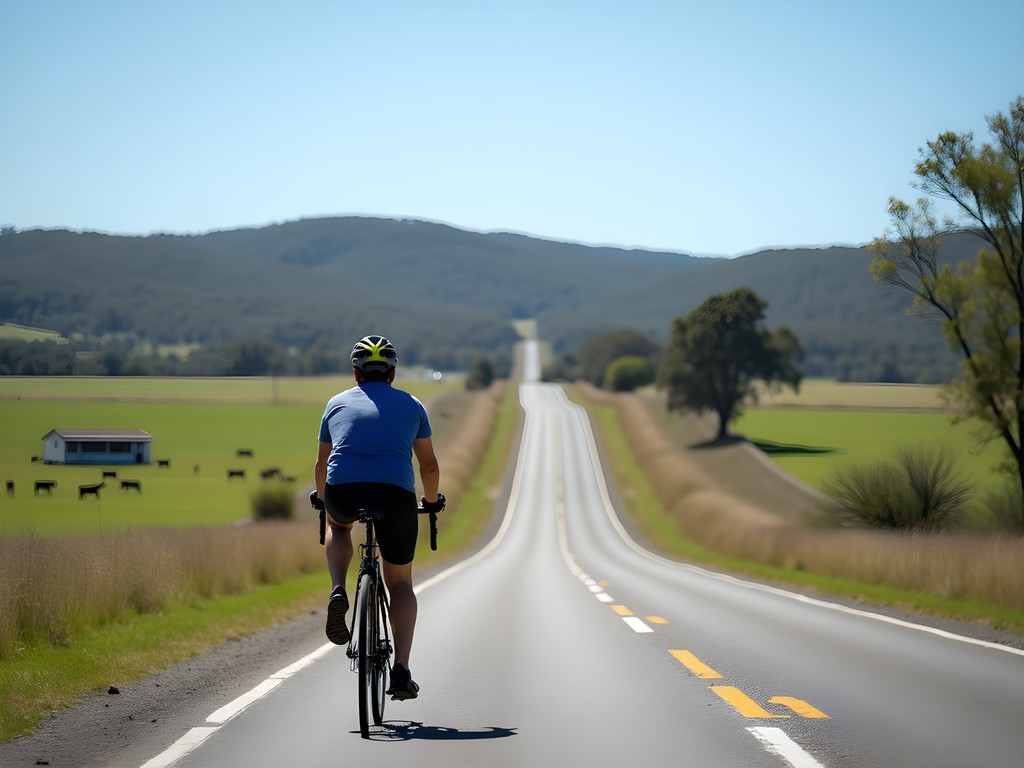
💡 Pro Tips
- Start cycling early (before 8am) to avoid midday heat, even in spring
- Carry sufficient water—at least 2 liters per person as refill points are limited
- Download the route to your phone as mobile coverage is inconsistent between towns
Navigating Local Transport Within Salto and Paysandú
Understanding the urban transport systems within each city enhances your ability to explore efficiently. Both Salto and Paysandú operate municipal bus networks that connect their respective bus terminals to university campuses, thermal complexes, and central plazas.
In Salto, the local buses ('ómnibus urbanos') cost approximately 25 pesos per journey. Routes 1 and 6 are particularly useful for tourists, connecting the terminal to the thermal complex and university respectively. Buses run from approximately 06:00 to 22:00, with reduced frequency after 20:00.
Paysandú's system is similar in structure but slightly less frequent. The route connecting the bus terminal to the historic center (Route 2) operates approximately every 30 minutes during weekdays.
Both cities are also compact enough for walking between major attractions, with logical grid layouts that facilitate pedestrian navigation. For evening transport, I found the headlamp essential for navigating poorly lit side streets safely while keeping my hands free to consult maps or carry purchases.
Taxis in both cities use meters ('taxímetros') with standardized rates, starting at approximately 50 pesos and increasing by 20 pesos per kilometer. Always confirm the driver has activated the meter before departing.

💡 Pro Tips
- Purchase a 'Tarjeta STM' in Salto for discounted multi-journey bus fares
- Most local buses don't announce stops—track your position on a downloaded map
- Taxis are significantly more expensive after midnight—plan accordingly
Final Thoughts
After a week traversing Uruguay's northern corridor between Salto and Paysandú, I've come to appreciate the region's transport network as not merely functional but reflective of the national character—unhurried yet reliable, informal yet effective. For students and budget travelers, the bus system offers the optimal balance of economy and comfort, while remises provide flexibility for reaching more remote attractions. The cycling option, though requiring physical exertion, rewards with unparalleled immersion in the landscape.
What continues to fascinate me as both a researcher and traveler is how these transport systems reflect Uruguay's unique social fabric—the conversations that unfold on buses, the community-oriented nature of remises, and the respectful accommodation of cyclists on rural roads. These aren't merely ways to move between points on a map but windows into understanding local life.
I encourage you to approach transportation not as a mere logistical challenge but as an integral part of your northern Uruguay experience. The journey between Salto and Paysandú, whether by bus, remise, or bicycle, offers its own rewards—unexpected conversations, contemplative river views, and the gentle rhythm of a region that operates on its own distinctly Uruguayan timetable.
✨ Key Takeaways
- Buses offer the best value with 6 daily departures in each direction (fewer on Sundays)
- Remises provide a flexible middle-ground between buses and private taxis
- Cycling the route is feasible for moderately fit travelers and offers unique perspectives
- Local transport within each city is affordable but requires basic Spanish comprehension
- Always carry small denomination notes for transport payments
📋 Practical Information
Best Time to Visit
Spring (September-November) or Fall (March-May)
Budget Estimate
$30-40 USD per day including transport and modest accommodations
Recommended Duration
5-7 days
Difficulty Level
Moderate

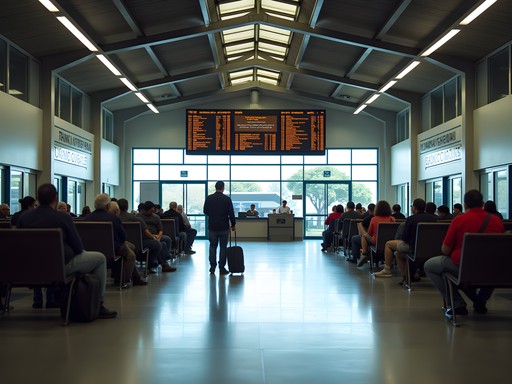


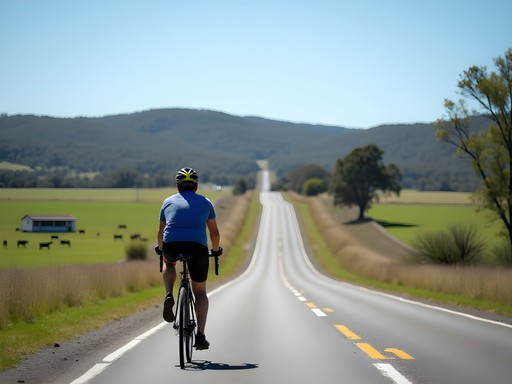







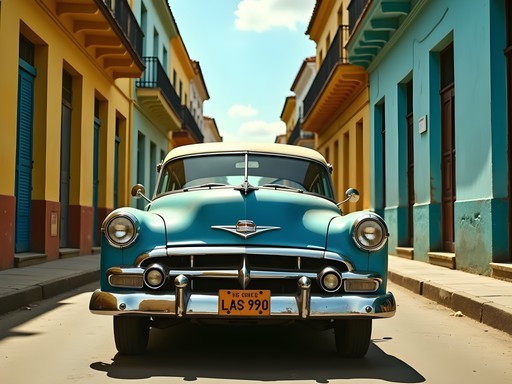

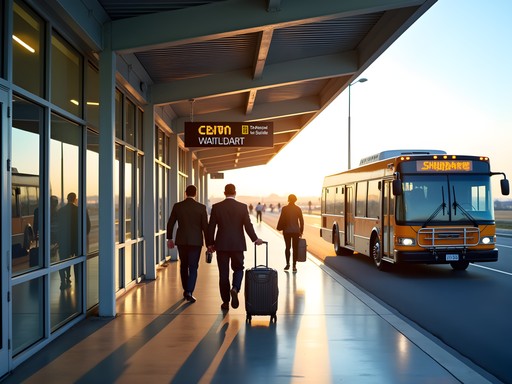

Comments
skyexplorer
How safe are the buses if I'm traveling solo? And do they run late at night? Planning to visit in January.
Larry Bennett
The buses are quite safe - I traveled solo too. Just keep an eye on your belongings as you would anywhere. Last buses typically leave around 7-8pm, so plan accordingly. January is peak summer there, so book a few days ahead!
skyexplorer
Thanks Larry! That's really helpful.
Megan Martin
Larry, excellent breakdown of the transport options! I traveled this route last year while researching for my business travel series. The remise system was a revelation - so much more comfortable than I expected and a great way to connect with locals. One tip I'd add for business travelers: many of the remise drivers are willing to wait while you conduct meetings in either city and then take you back, which can be more reliable than trying to coordinate return bus schedules. The drivers I met were incredibly knowledgeable about local businesses too - essentially unofficial tour guides! I always carry my pocket translator which came in handy for the more complex conversations about pickup times and locations.
redzone
This is exactly what I needed! Heading to Uruguay next month and was stressing about getting between these cities!
Megan Martin
You'll love it there! The buses are actually quite comfortable compared to some other South American countries I've visited.
redzone
Thanks Megan! Any specific bus company you'd recommend?
sunsetchamp9905
Just did this trip last week! The remise prices have gone up slightly but still great value. Bus still runs on time!
Gregory Boyd
Larry, this is exactly the kind of practical transport guide that's missing from most mainstream coverage of Uruguay. I've done this route three times now, and your analysis of the remise system is spot-on. One thing I'd add for cyclists: the shoulder gets quite narrow about 15km outside of Salto, so it's worth starting early to avoid the midday truck traffic. The gradual elevation changes are deceptive too - what looks flat on the map actually has some challenging rolling hills. For anyone considering the cycle route, bring more water than you think you need, especially December-February. The UV exposure is intense even when it doesn't feel that hot.
journeyperson
Thanks for the cycling tips! Would you say it's doable for someone with moderate experience? Planning my first Uruguay trip and love the idea of seeing the countryside by bike.
Gregory Boyd
Definitely doable with moderate experience! Just pace yourself and consider breaking it into two days with an overnight in one of the small towns. The terrain isn't technical, just longer than it looks on paper.
wanderlustdiver
Just got back from this exact route! The remise system was the highlight of my trip - ended up sharing with a local teacher who gave me an impromptu history lesson about the region. One tip I'd add: if you're doing the bus route, the terminal in Salto can be confusing. The ticket office is actually around the corner from the main entrance. Also, I found my pocket translator incredibly useful when negotiating remise prices. The drivers appreciated that I was trying, even with my terrible Spanish!
journeyperson
Love your analytical approach to travel! The medical researcher in you really shows through. 😊
sunsetadventurer
How's the weather for cycling this route in February? Too hot?
sunsetchamp9905
Did it last February. Start EARLY! It gets brutal by 11am. Plenty of water stops though.
sunsetadventurer
Thanks for the tip! Early mornings it is.
adventuremaster
Heading to Uruguay next month! How frequent are the buses between these cities? Is advance booking essential?
wanderlustdiver
Not Larry, but I was there in July. Buses run about 4-5 times daily. Definitely book a day ahead if you can - I almost got stranded when a bus filled up with locals heading to a festival I didn't know about!
adventuremaster
That's super helpful, thanks! Will make sure to book ahead.
smartguide
Great breakdown of the options, Larry! I took the bus from Salto to Paysandú last year and can confirm it's reliable but definitely book ahead during holiday seasons. The remise system was new to me and I wish I'd known about it - sounds like a much more interesting way to travel with locals. Did you happen to notice if there were any good stops worth making along the cycling route?
Gregory Boyd
When I cycled that route last summer, there's a small roadside café about 25km north of Paysandú that serves incredible homemade empanadas. No English spoken but worth the stop! Also, the viewpoint near the Río Uruguay around the halfway point is perfect for a breather.
smartguide
Thanks Gregory! Adding those stops to my notes for next time.
Venture X
Premium card with 2X miles, $300 travel credit, Priority Pass